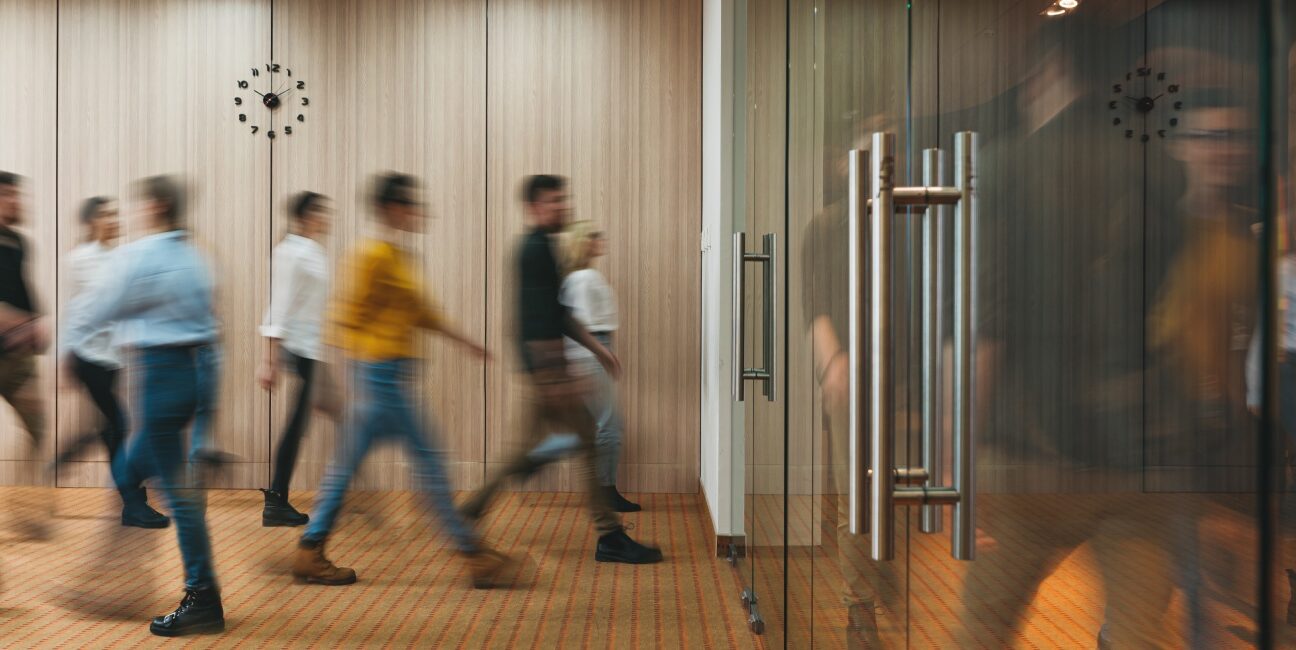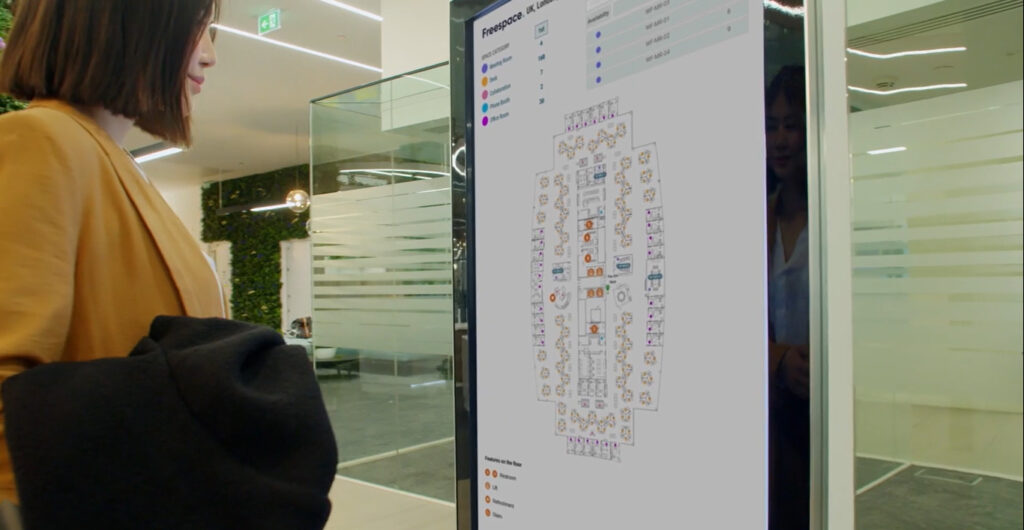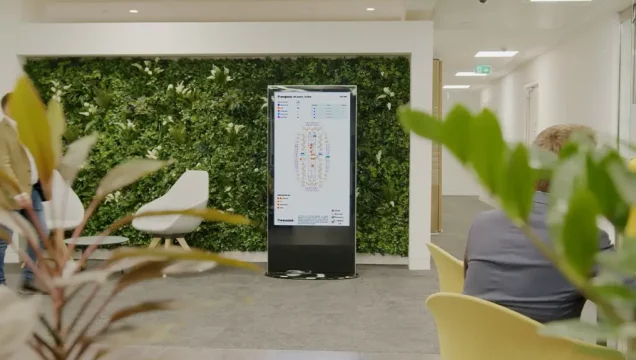

The evolution of how work has accelerated in recent years – kickstarted by the pandemic – has also been significantly influenced by changing workforce demographics, specifically the increasing presence of millennials. According to Prudential Vice Chair Rob Falzon, nearly 40% of their employees in the U.S. are millennials, a generation acutely attuned to the benefits of a hybrid working model. This, and the lingering impact of Covid, has led to a growing demand for flexibility in when and where work is done.
The latest Prudential Pulse Survey found that 70% of hybrid workers report feeling a strong sense of loyalty to their employer, compared to 64% of in-person and 59% of remote workers. Hybrid workers are more likely to feel that they are appropriately compensated for their work (68%) and that their employer’s benefits meet their personal needs (64%).
In this article, we focus on the primary considerations for workspaces to enable hybrid working, making them adaptable and suited to changing workforce demographics and behaviors.
Space Availability
Space availability is crucial in ensuring that employees feel welcomed in the workplace. In a hybrid work model, employees might be working remotely or coming into the office to collaborate with their colleagues. Regardless of location, employees must feel they have access to the right resources and space.
That’s where the Freespace Employee App comes in. This tool provides employees with an easy way to plan their days and access the appropriate space for their work needs. By giving employees the power to plan their work and access the best space, organisations can assure them of a great experience in the workplace.
The Freespace App is designed to make space management easy and convenient for employees. Whether working in the office or remotely, they can use the app to find the right space for their needs. With its user-friendly interface, employees can quickly and easily find and reserve the space they need. Whether a private office, a collaborative workspace, or a quiet area for focused work.

Space Design
Good space design is crucial when creating an effective workplace, especially in the context of hybrid work. A well-designed space can improve the following:
- Productivity
- Collaboration
- Employee satisfaction
The Steelcase Global Report shows that workplace design can impact employee engagement and productivity to a great extent. However, designing a space that meets the needs of a diverse range of employees can be challenging. That’s where data-driven approaches and Freespace Sensors come in.
By using data to inform space design, organisations can make informed decisions about how to optimise their spaces. Freespace Sensors show how spaces are consumed, and provide valuable insights into how employees use the workplace. This data informs plans for new designs that meet the needs of employees and measurability around design effectiveness.

Navigation & Wayfinding
One of the challenges of hybrid work is the need to navigate new and unfamiliar spaces, whether a new office location or a different type of work environment. Navigation and wayfinding solutions help employees find their way around the workplace, reducing stress and improving their overall experience. By making it easy for employees to consume space, organisations can improve the use of their facilities and reduce the need for additional space.
While Freespace Sensors gather real-time information about the availability of different spaces, using this for the benefit of navigating the space requires another avenue. Displaying this information on Freespace Signage can make a significant impact. Through digital signage, employees can quickly and easily see and find the best available space, improving their overall experience and productivity.

Hybrid Working Strategies
Hybrid working strategies cover a range of topics that impact the employee experience. However, from a space usage point of view, the above aspects will provide employees with the tools and methods to achieve the best outcomes.
Companies must take the time to understand their individual needs, culture, and resources and experiment and iterate as they build their hybrid working strategies.


